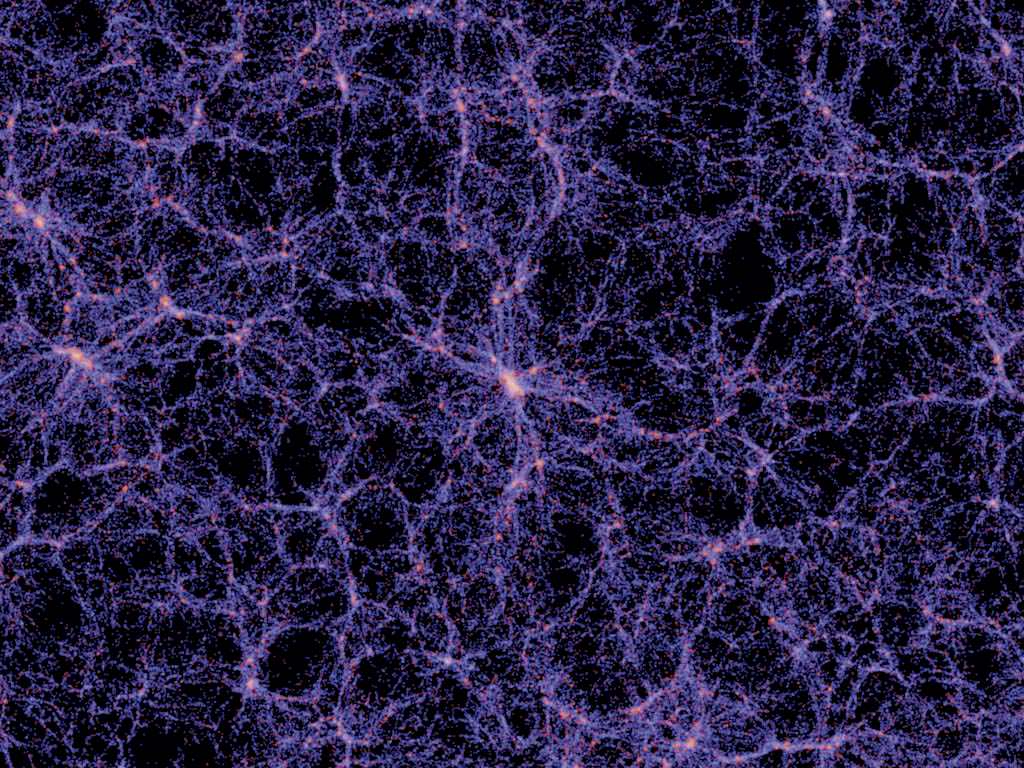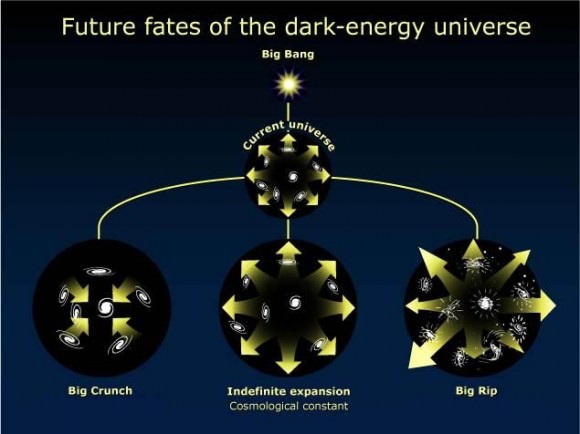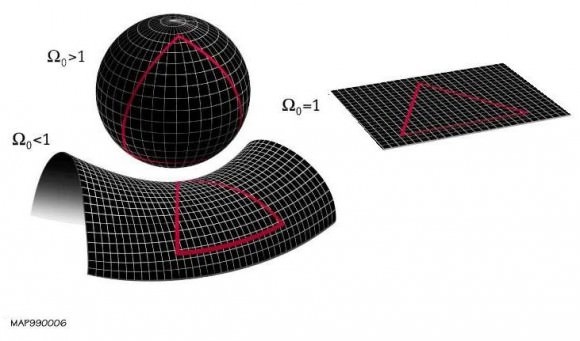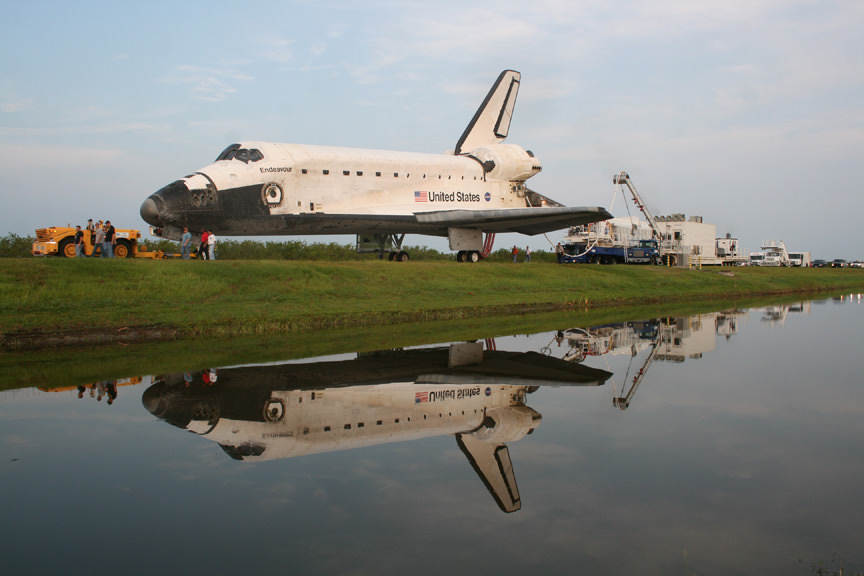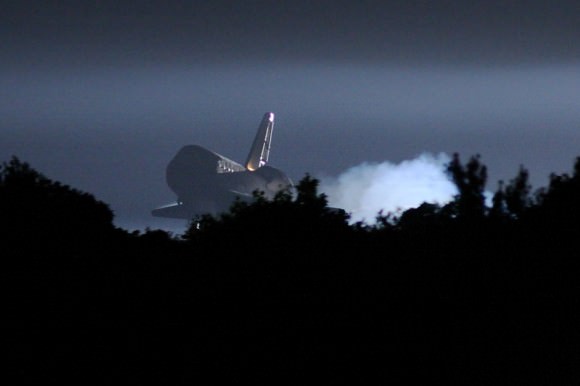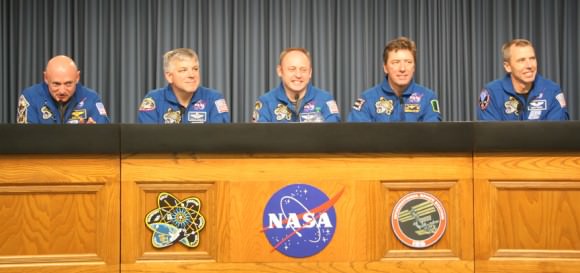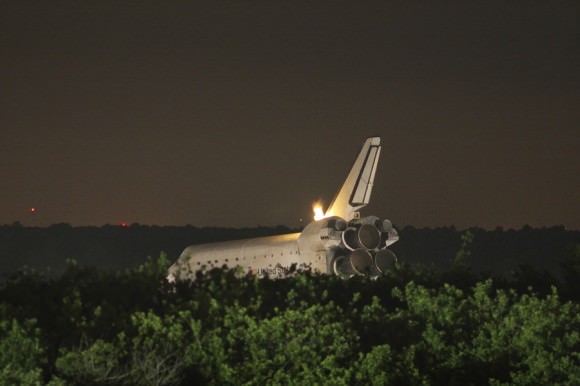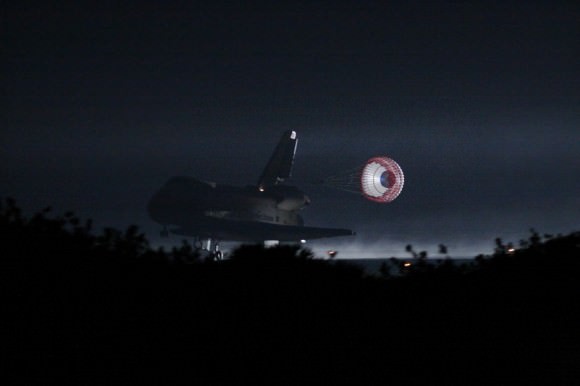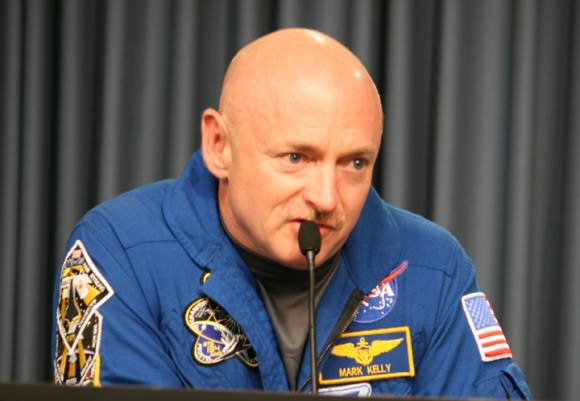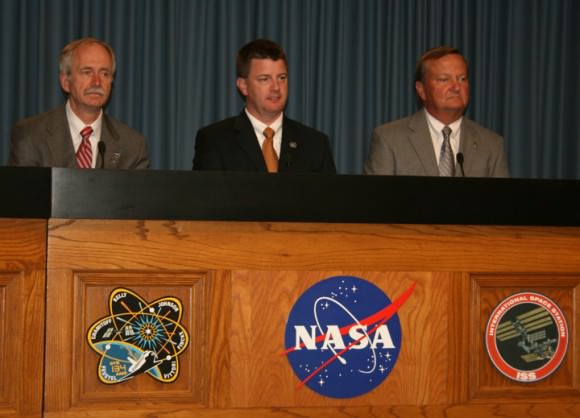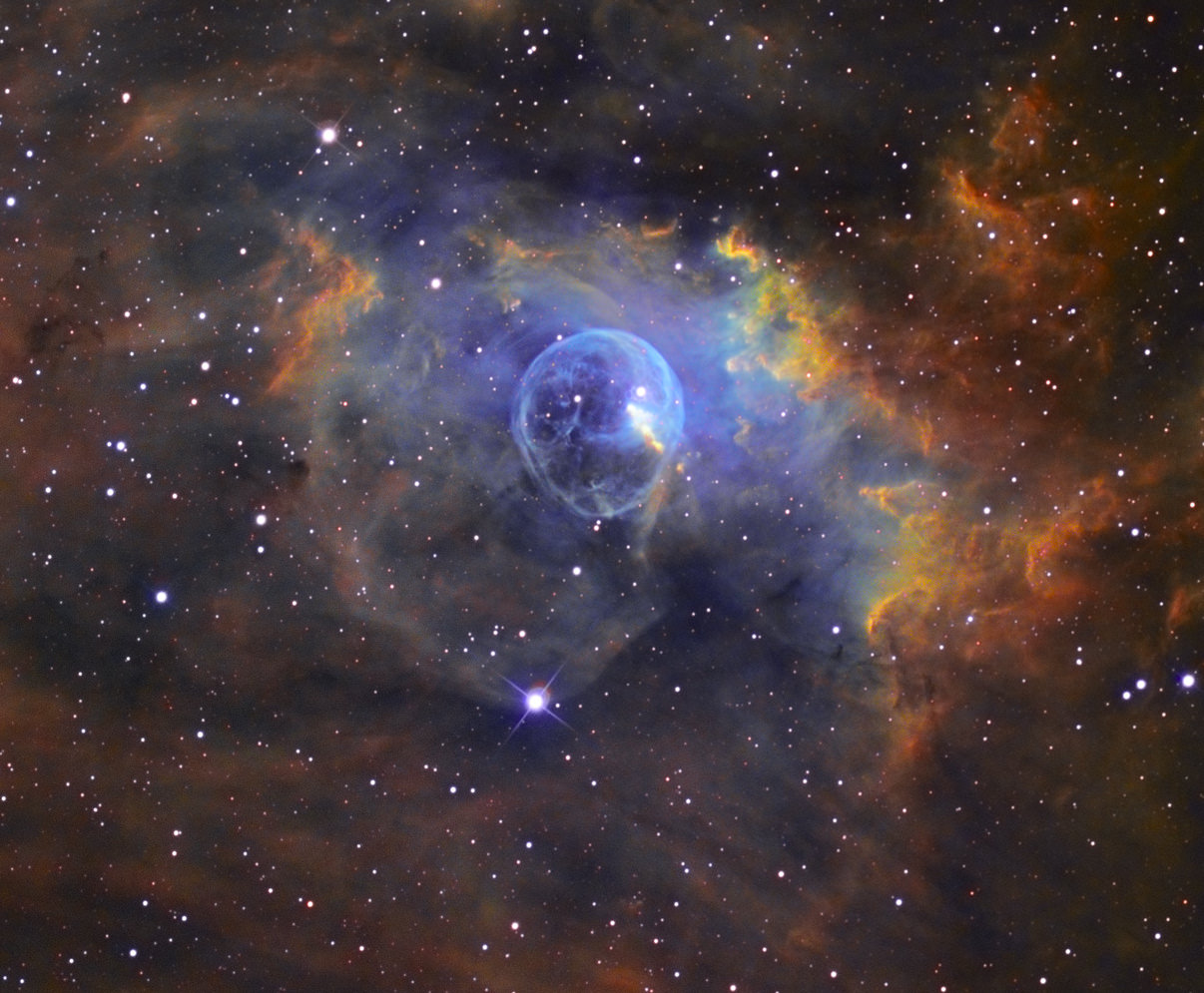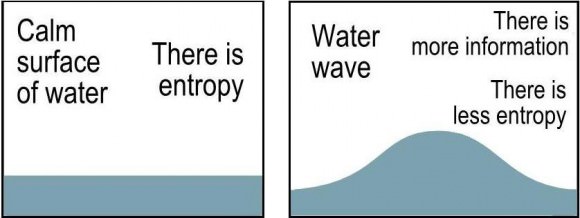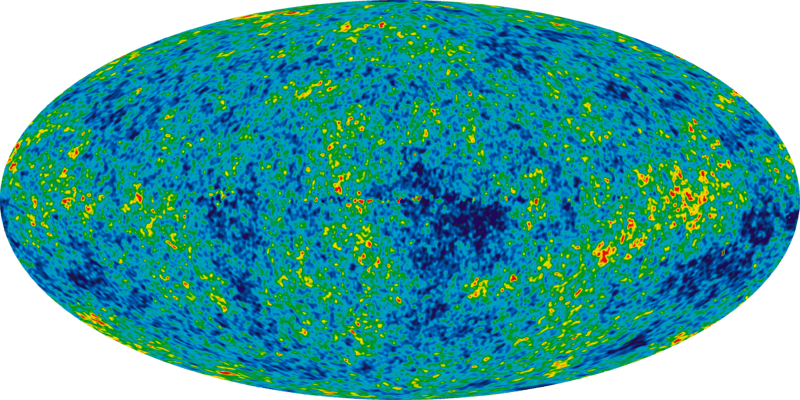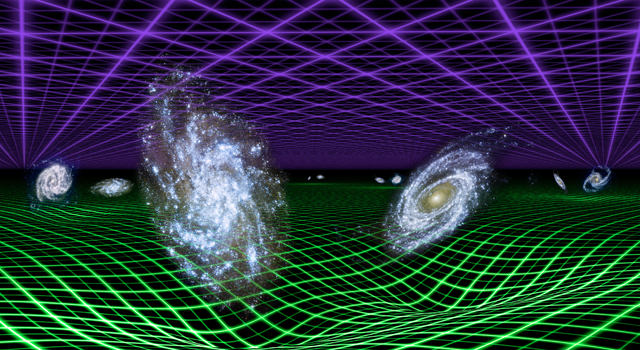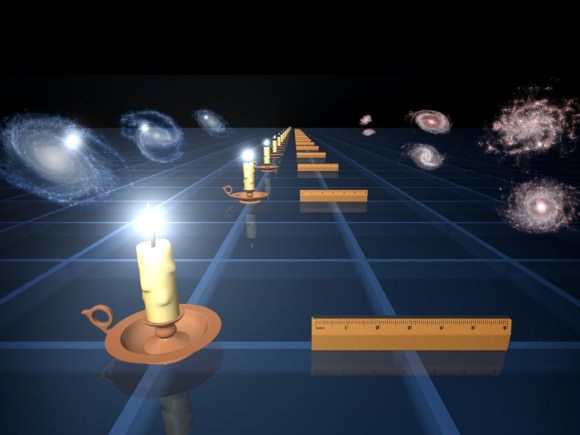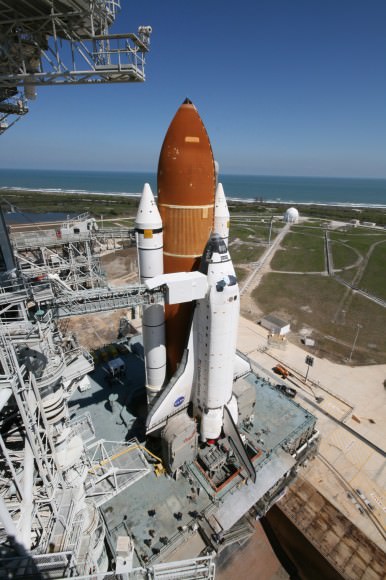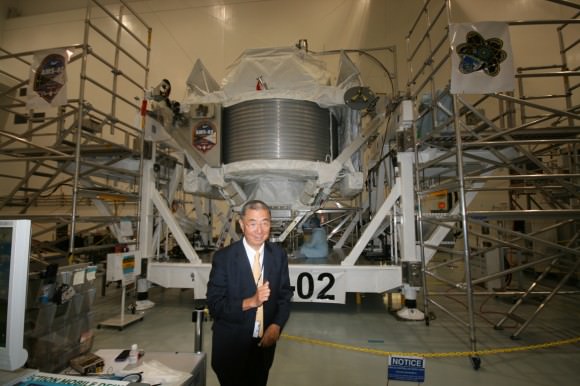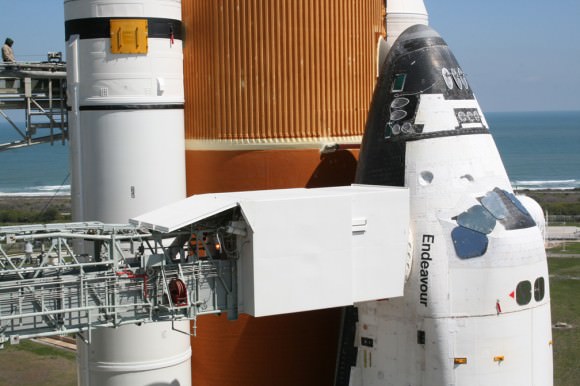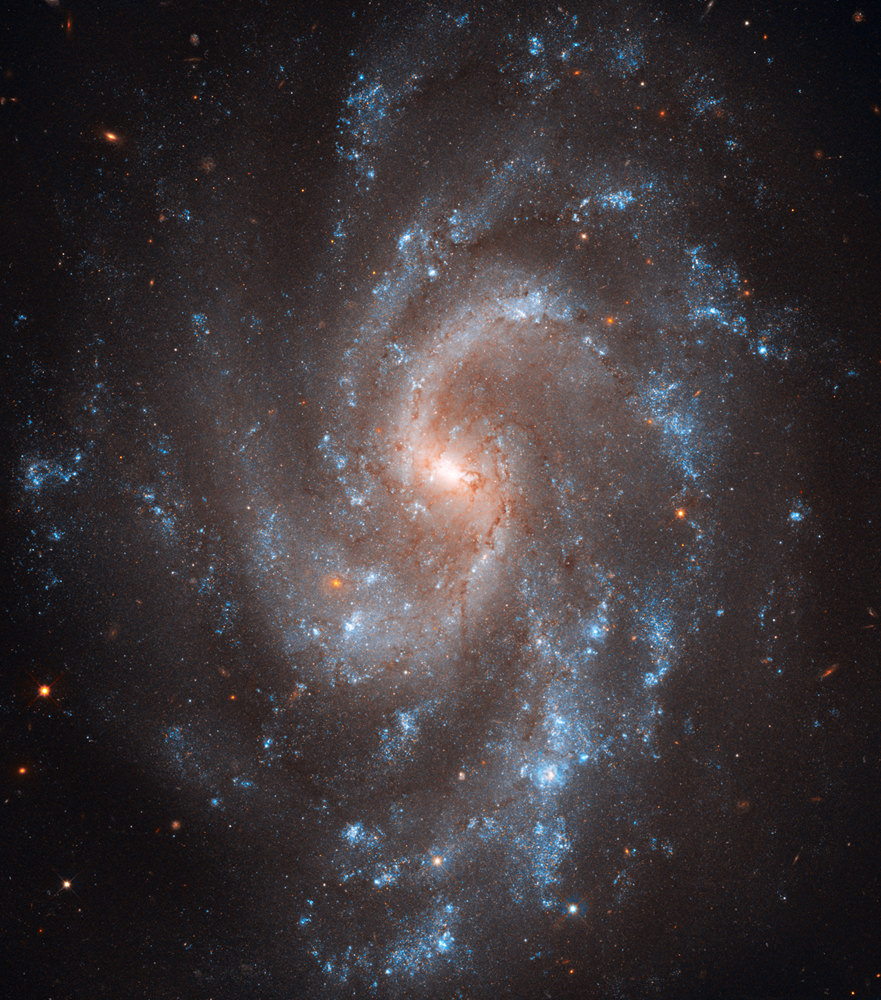[/caption]
It’s called a Type Ia supernovae and it shines with the luminosity of a billion suns. For all intents and purposes, once they explode they’re dead… But it ain’t so. They might have a core of ash, but they come back to life by sucking matter from a companion star. Zombies? You bet. Zombie stars… And they can be used to measure dark energy.
Why are Type Ia supernovae findings important? Right now they’re instrumental in helping researchers like Andy Howell, adjunct professor of physics at UCSB and staff scientist at Las Cumbres Observatory Global Telescope Network (LCOGT), take a closer look at the mysteries of dark energy. “We only discovered this about 20 years ago by using Type Ia supernovae, thermonuclear supernovae, as standard or ‘calibrated’ candles,” said Howell. “These stars are tools for measuring dark energy. They’re all about the same brightness, so we can use them to figure out distances in the universe.”
As a rule, white dwarf stars which end their lives as Type Ia supernovae have approximately the same mass. These findings were so regular that they are considered a base rule of physics, but rules are usually made to be broken. In this case there’s a new class of Type Ia supernovae – one that goes beyond the typical mass. These stars that go beyond their limits have scientists confused as to their nature. We know they are part of a binary system… But shouldn’t only the white dwarf be the one to explode?
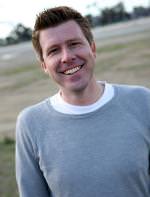
Once upon a time, Albert Einstein introduced the cosmological constant to help justify his theory of relativity, but it only applied to a static state. It didn’t take long before Edwin Hubble corrected him and Einstein later referred to his failure to predict the expansion of the universe as the “biggest blunder” of his life. But it wasn’t. “It turns out that this cosmological constant was actually one of his greatest successes,” said Howell. “This is because it’s what we need now to explain the data.”
We could argue all day about dark energy and its properties, along with whether or not it constitutes three-quarters of our known universe. However, it is Howell’s theory that it just might be a property of space. “Space itself has some energy associated with it,” said Howell. “That’s what the results seem to indicate, that dark energy is distributed everywhere in space. It looks like it’s a property of the vacuum, but we’re not completely sure. We’re trying to figure out how sure are we of that – and if we can improve Type Ia supernovae as standard candles we can make our measurements better.”
Unlike historic supernova observations, today’s technology allows even the backyard astronomer to make discoveries and report them. Take the latest M51 findings for example… It’s not just the eyes of the expert on the skies. Thanks to advances in cameras and equipment, we’re looking further away – and more accurately – than ever before. “Now we have huge digital cameras on our telescopes, and really big telescopes,” said Howell, “We’ve been able to survey large parts of the sky, regularly. We find supernovae daily.”
“The next decade holds real promise of making serious progress in the understanding of nearly every aspect of supernovae Ia, from their explosion physics, to their progenitors, to their use as standard candles,” writes Howell in Nature Communications. “And with this knowledge may come the key to unlocking the darkest secrets of dark energy.”
As we dig through the ditches and burn through the witches… 😉
Original Story Source: UC Santa Barbara.


